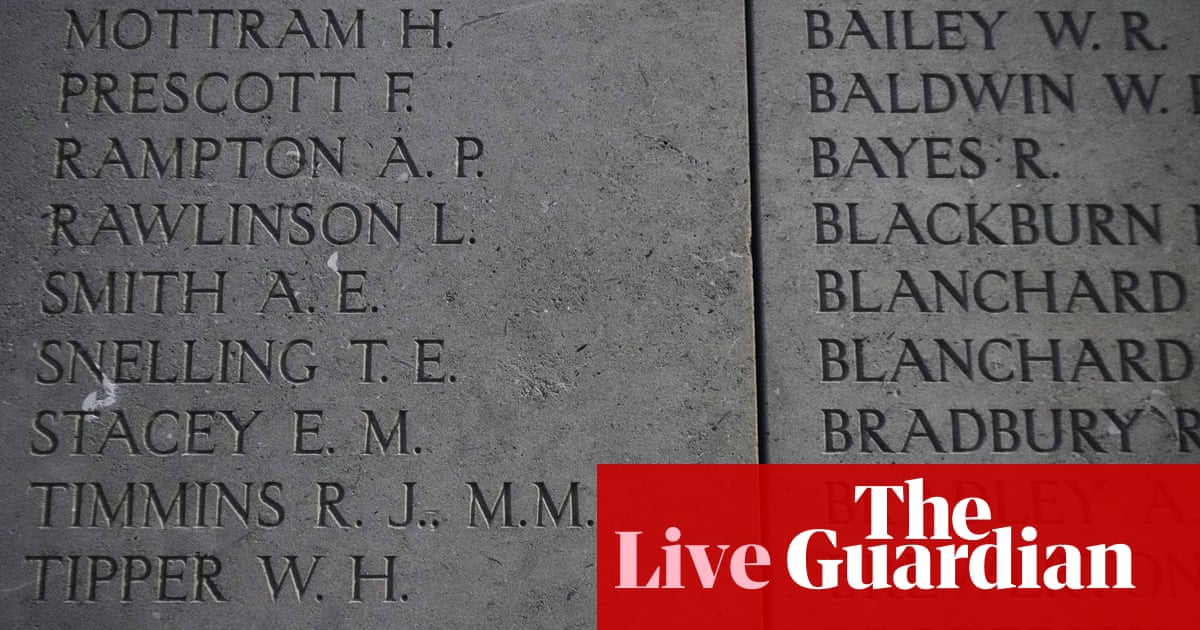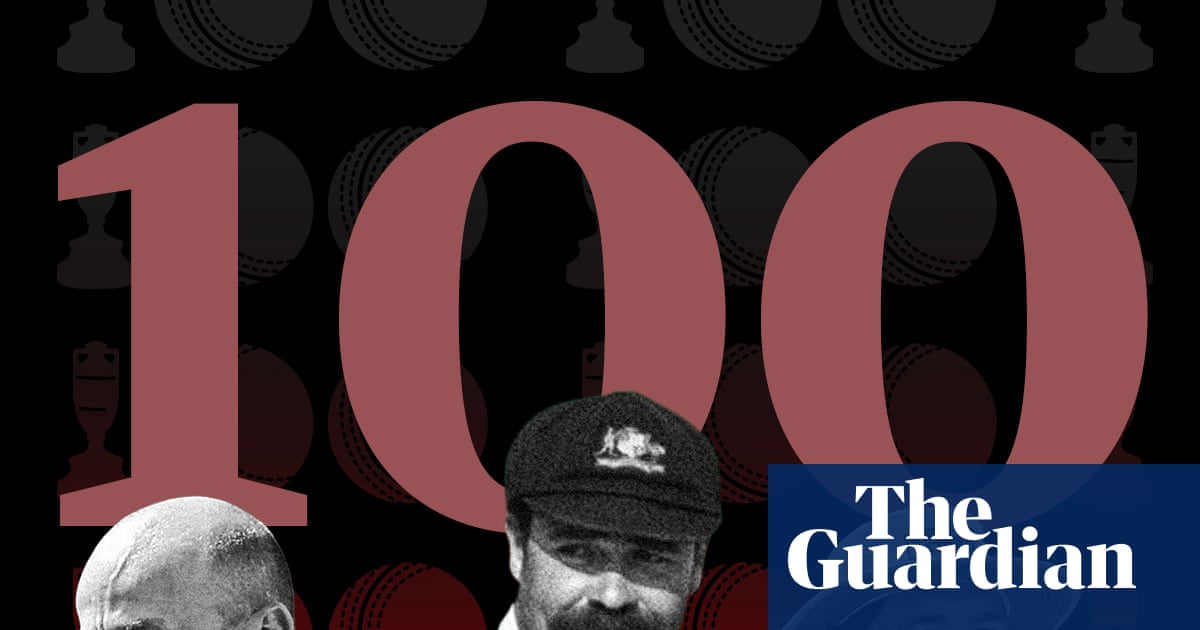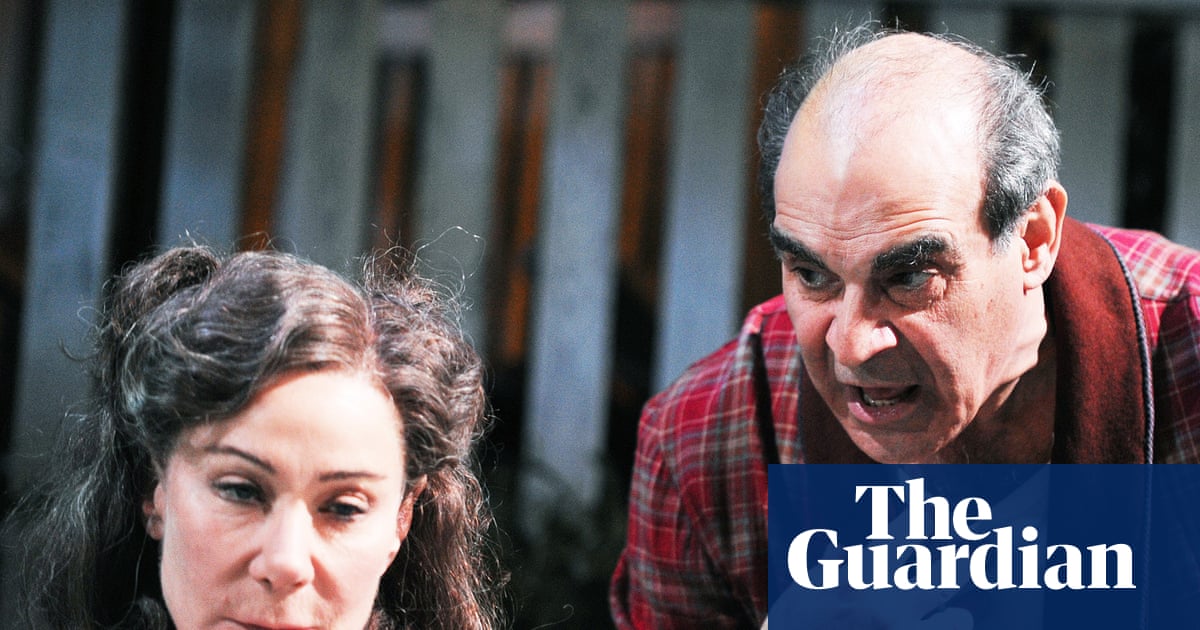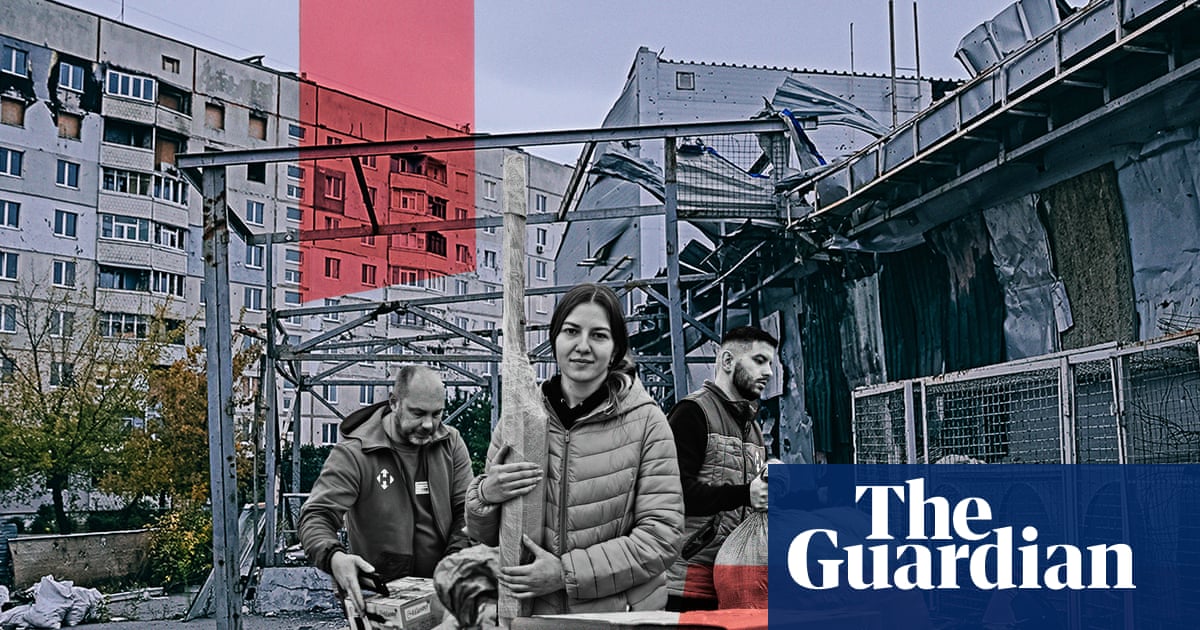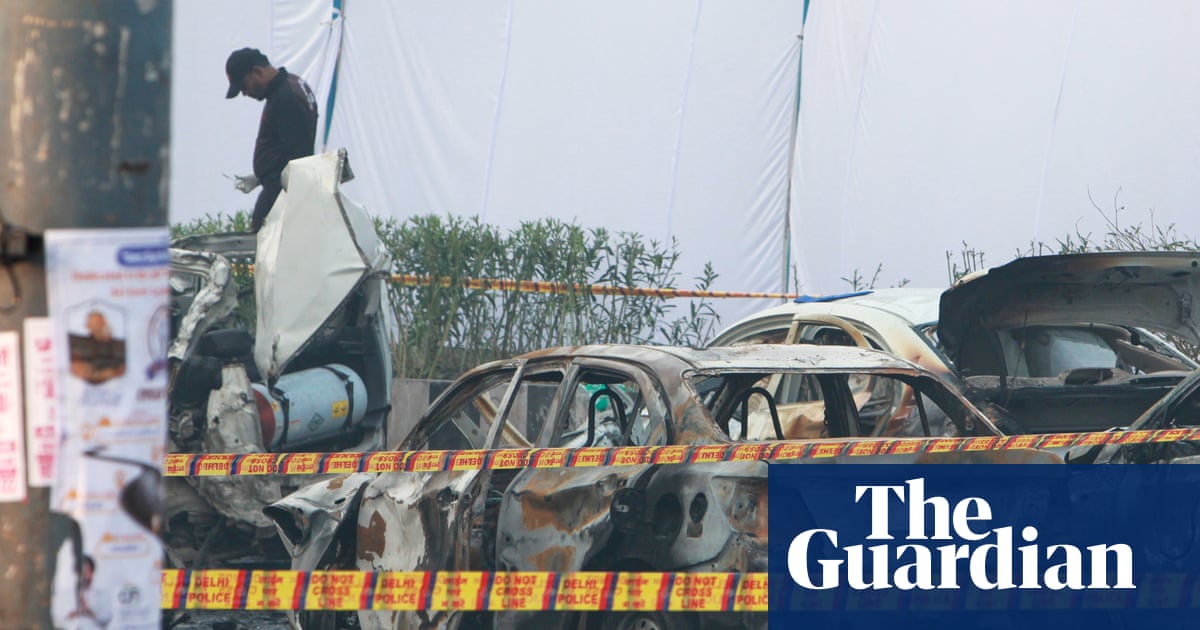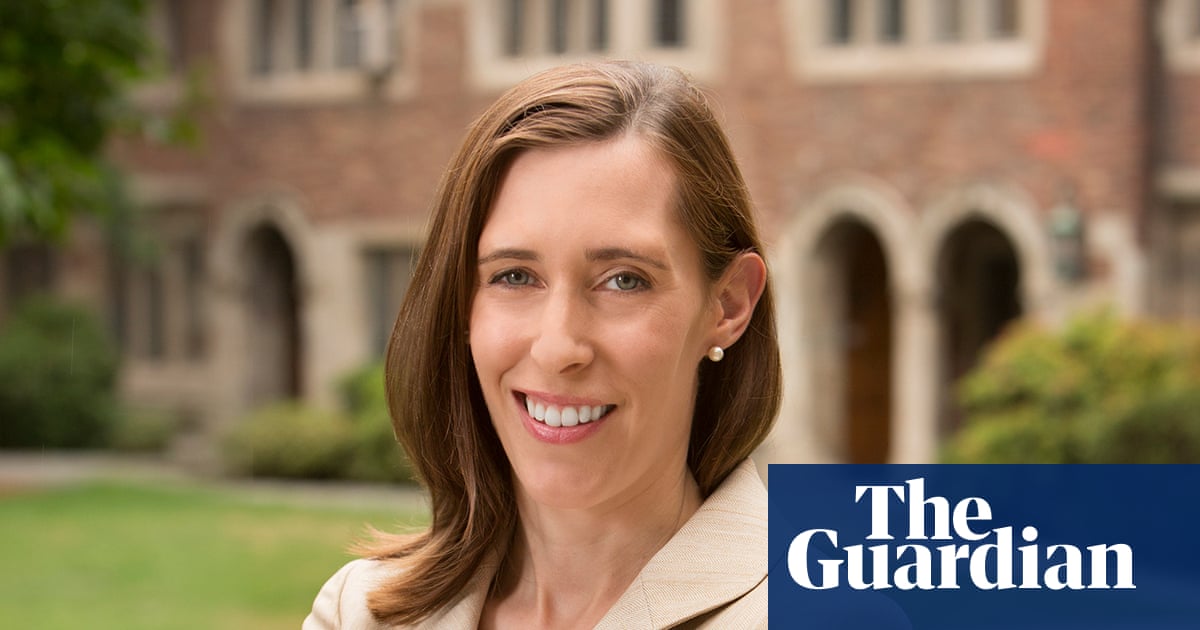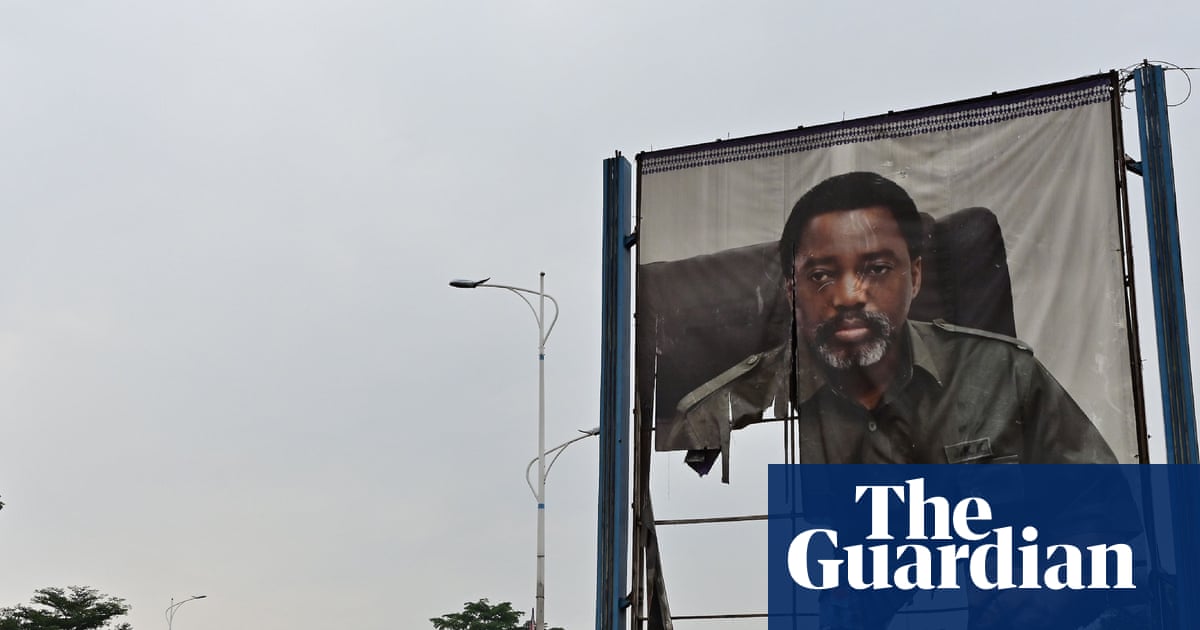The Japanese stage and screen actor Tatsuya Nakadai, whose celebrated performances symbolised a golden age for the country’s cinema, has died aged 92.
Nakadai garnered more than 100 screen credits during a career spanning seven decades, but is perhaps best known internationally for his role in Ran, Akira Kurosawa’s 1985 epic set in the Sengoku “warring states” period that took its inspiration from Shakespeare’s King Lear.
The film, in which Nakadai played the warlord Hidetora Ichimonji, earned Kurosawa his only Oscar nomination for best director.
Nakadai died from pneumonia in a Tokyo hospital on Saturday, the Kyodo news agency reported on Tuesday, citing sources close to the actor.

While he professed to prefer stage acting – and refused to contractually bind himself to a particular film studio so he could work with a variety of directors – Nakadai is closely associated with chanbara “sword-fighting” roles in films with strong samurai themes.
He appeared in the 1962 jidaigeki period drama Harakiri – a highlight of a long and successful artistic collaboration with director Masaki Kobayashi that also brought him prominent roles in Samurai Rebellion and Kwaidan.
He starred in Kurosawa’s 1980 film Kagemusha – the story of a thief who is hired to impersonate a dying samurai warlord that won the Palme d’Or at the Cannes film festival the same year.
Nakadai, though, owed much of his success to Kobayashi, who cast him as the lead in The Human Condition trilogy (1959-1961), in which he played a pacifist-socialist struggling to come to terms with Japan’s militarist rule during the second world war.
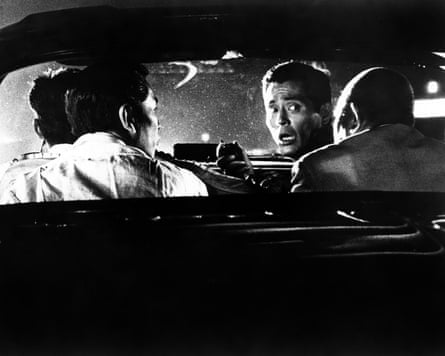
Nakadai’s talents arguably shone brightest in his appearances with Toshiro Mifune, including Kurosawa’s acclaimed 1963 police procedural High and Low, in which he played Inspector Tokura, who investigates the kidnapping of the son of Mifune’s wealthy businessman Kingo Gondo. He also played Hanbei opposite Mifune’s Sanjuro in Kurosawa’s 1961 samurai film Yojimbo, regarded as one of the director’s greatest works.
A year later, Kurosawa reunited his leading men in Sanjuro, the sequel to Yojimbo. The film famously ends with a sword fight in which Sanjuro slices through Hanbei’s torso with lightning speed, unleashing a cascade of blood – a display of graphic violence that shocked audiences at the time. Kurosawa later denied claims that the geyser of blood had been caused by a malfunctioning prop. Whether it happened by accident or design, the scene had an enduring influence on action films and video games.

Born into a working-class family in Chiba, east of Tokyo, in 1932, Nakadai decided to take up acting as an alternative to a prohibitively expensive university education, enrolling in acting school in the early 1950s.
One of his first major film roles – reportedly the result of a chance meeting with Kobayashi when Nakadai was working as a shop assistant in Tokyo – was an uncredited part as a prisoner in Kobayashi’s 1953 war drama The Thick-Walled Room – the start of a partnership that would last three decades.
In later life Nakadai, whose stage credits included Death of a Salesman, Don Quixote, Hamlet and Macbeth, helped nurture young actors with his wife and fellow actor, Yasuko Miyazaki, with whom he opened the Mumeijuku school in Tokyo in 1975.
In 2015, Nakadai was awarded the Order of Culture – Japan’s highest honour for contributions to the arts and science – by the emperor. The Yomiuri Shimbun newspaper reported that Nakadai had performed on stage as recently as this year.

 3 hours ago
8
3 hours ago
8


